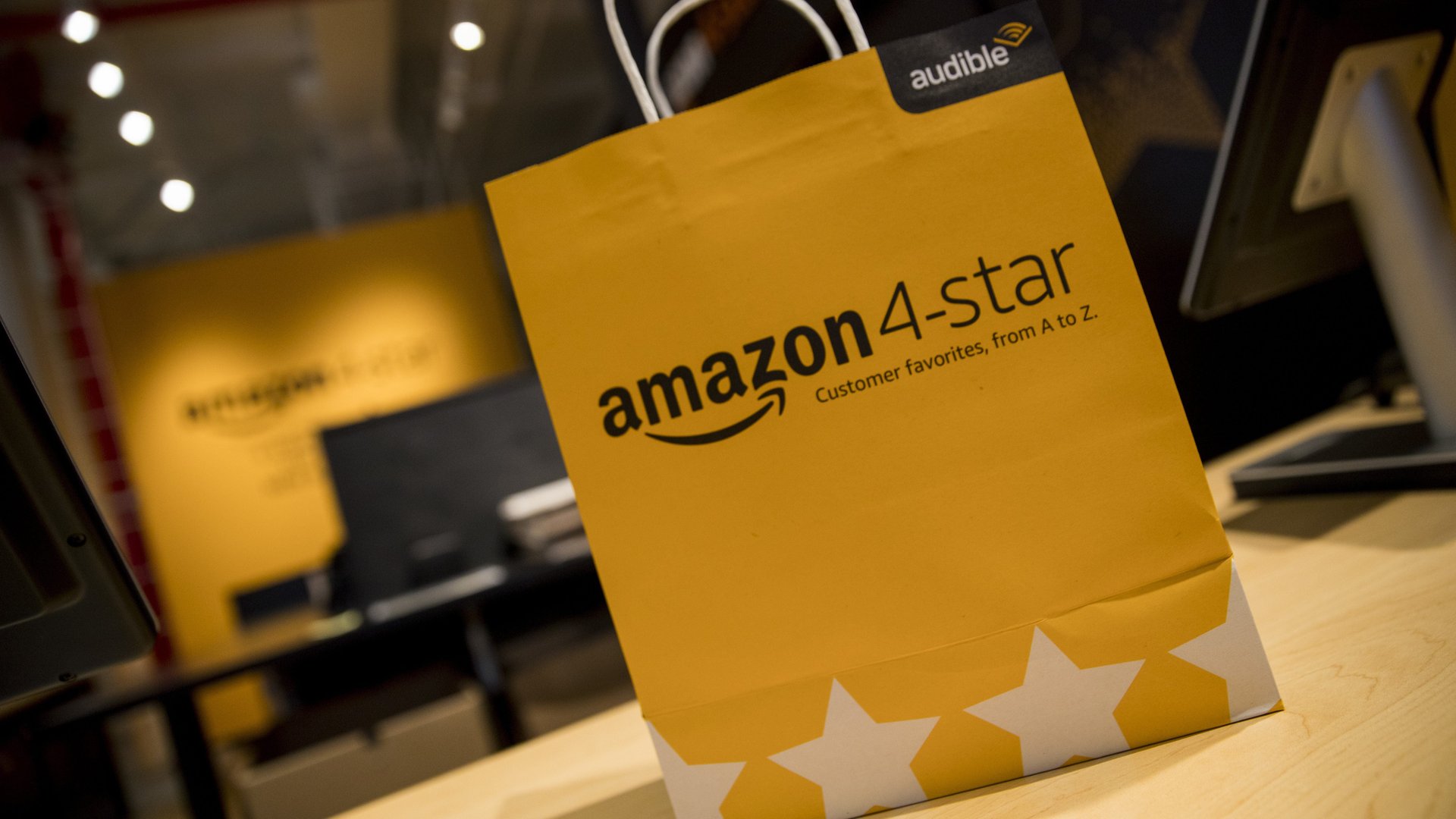Wall Street can’t stand when Amazon invests in itself
Amazon might be a global retailing behemoth closing in on a $1 trillion market capitalization, but up until a few years ago, it rarely posted much of a profit from one quarter to the next. That changed at the end of 2017, when it generated more profit in that single quarter—$1.9 billion—than it did in the preceding 14 years. Since then, it’s been posting other massively profitable quarters when it wants to, and more modest ones when it reinvests in itself.


Amazon might be a global retailing behemoth closing in on a $1 trillion market capitalization, but up until a few years ago, it rarely posted much of a profit from one quarter to the next. That changed at the end of 2017, when it generated more profit in that single quarter—$1.9 billion—than it did in the preceding 14 years. Since then, it’s been posting other massively profitable quarters when it wants to, and more modest ones when it reinvests in itself.
Its most recent quarter seems to be one of the latter occasions. The company posted its third-quarter earnings today, with its lowest net income since early 2018. Compared to the same period last year, revenue was up nearly 24%, to just shy of $70 billion, but profits fell to $2.1 billion, a drop of about 26%.
Amazon had warned investors during its last earnings call that it was planning to invest heavily in reshaping its delivery operation to make one-day deliveries the standard for all its Prime subscribers. It spent more than it projected in the third quarter on the initiative, and said it plans to spend around $1.5 billion more on it this quarter, as well as invest in warehouse space and new retail products.
“Customers love the transition of Prime from two days to one day—they’ve already ordered billions of items with free one-day delivery this year,” founder and CEO Jeff Bezos said in the company’s earnings release. “It’s a big investment, and it’s the right long-term decision for customers.”
The news rankled investors, as Amazon’s figures came in slightly below some analysts’ expectations. At one point in after-hours trading today, the company’s stock price dropped by nearly 9% to roughly $1,625, but leveled off at about $1,655 once the earnings call began. Amazon’s stock price had closed the day at $1,780.
The overwhelming majority of the profit Amazon did make in the quarter (around 70%) didn’t come from its e-commerce business, but instead from AWS, its cloud-services division. AWS brought in $2.3 billion in income for the quarter, and actually helped offset losses in the company’s international retail business.
While AWS has long been a dominant player in the cloud industry, providing a source of massive profits on a high-margin business for Amazon, it now has to contend with stronger competitors than ever before in the space. Microsoft, which announced its most recent earnings yesterday, generated $10.8 billion in revenue and $3.9 billion in profit on its “Intelligent Cloud” business line, which only accounts for part of the cloud services that the company offers.
But there’s nothing in Amazon’s earnings today that indicates that Bezos and Amazon are doing anything other than they’ve been known to do time and again: reinvest in new services for its customers, and once they’re ready, switch to generating massive profits—and earnings per share—to placate Wall Street.